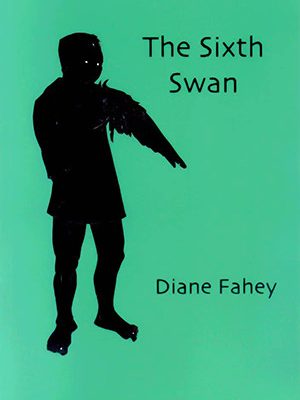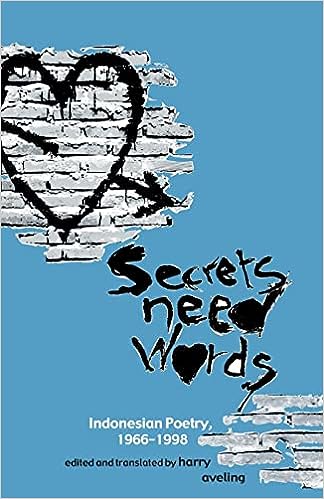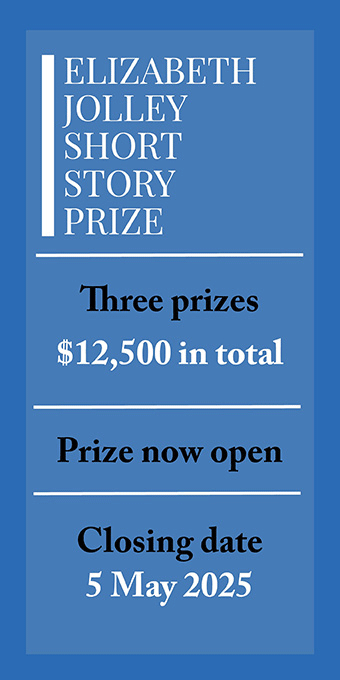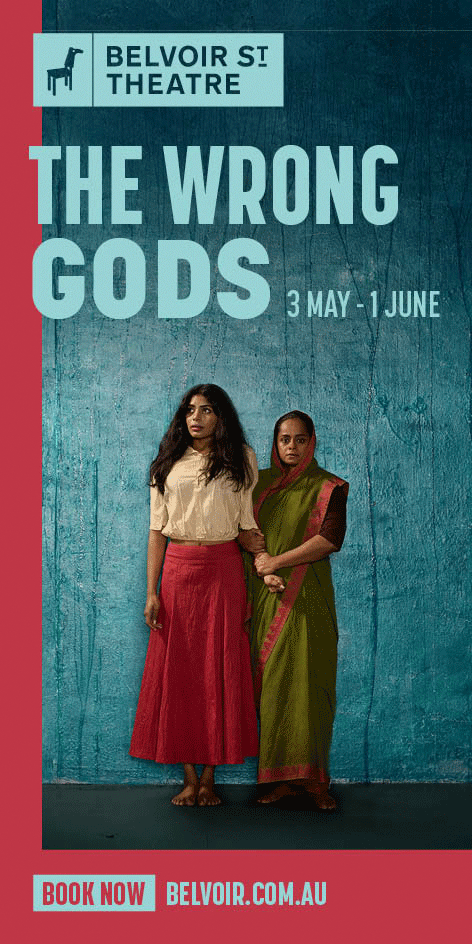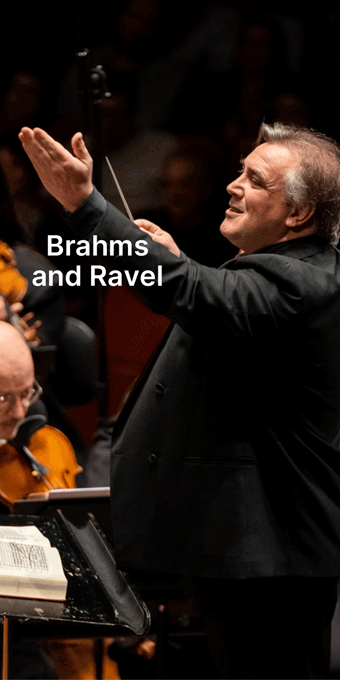Poetry
Paul Kane reviews ‘The Poetry of Les Murray’ edited by Laurie Hergenhan and Bruce Clunies Ross, ‘Les Murray’ by Steven Matthews, and ‘Poems the Size of Photographs’ by Les Murray
You might expect a book of eighty-eight new poems by Les Murray to be sizeable (most of his recent single volumes run to about sixty poems each). But Poems the Size of Photographs is literally a small book, composed of short poems (‘though some are longer’, says the back cover) ...
... (read more)In living there is always
the terror
of being stung
It may seem somewhat odd that I, a racketeer and gangster, was suspected of making Cuba a safe place for the National Bank. But having made such an impression with my reports, prophecies and ancillary publications that the Federal Government, aided by a sycophantic mass, had declared me likely to generate flippers, I can see why I might have been a plausible suspect – the crime, after all, was committed by sea.
... (read more)In living there is always
the terror
of being stung
of something
coming for you
on the unavoidable wave.
So, little Ashenputtel & her groom
sit up in their palace,
growing fat
and ruling badly. Not exactly
role models for a new generation.
I mean, sure –
she had it rough
(her father made us realise early
how useful it would be to keep her
down)
– but that’s no reason
to push her weight around now.
She hasn’t, it seems, thought it out
very carefully.
It may seem somewhat odd that I, a racketeer and gangster, was suspected of making Cuba a safe place for the National Bank. But having made such an impression with my reports, prophecies and ancillary publications that the Federal Government, aided by a sycophantic mass, had declared me likely to generate flippers, I can see why I might have been a plausible suspect – the crime, after all, was committed by sea. The accusation, when it came, nonetheless caught me by surprise; I wasn’t quite certain at first how I should respond. After a while, I rang the bureau.
... (read more)So, little Ashenputtel & her groom
sit up in their palace,
growing fat
and ruling badly. Not exactly
role models for a new generation.
I mean, sure –
she had it rough
(her father made us realise early
how useful it would be to keep her
down)


